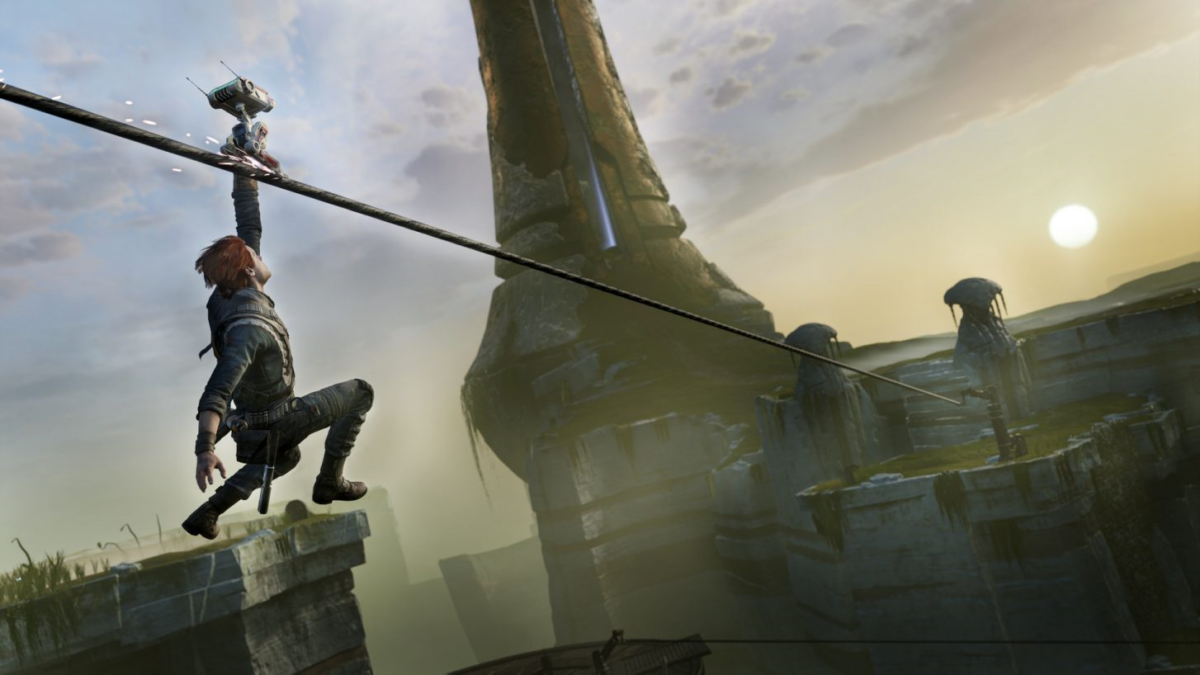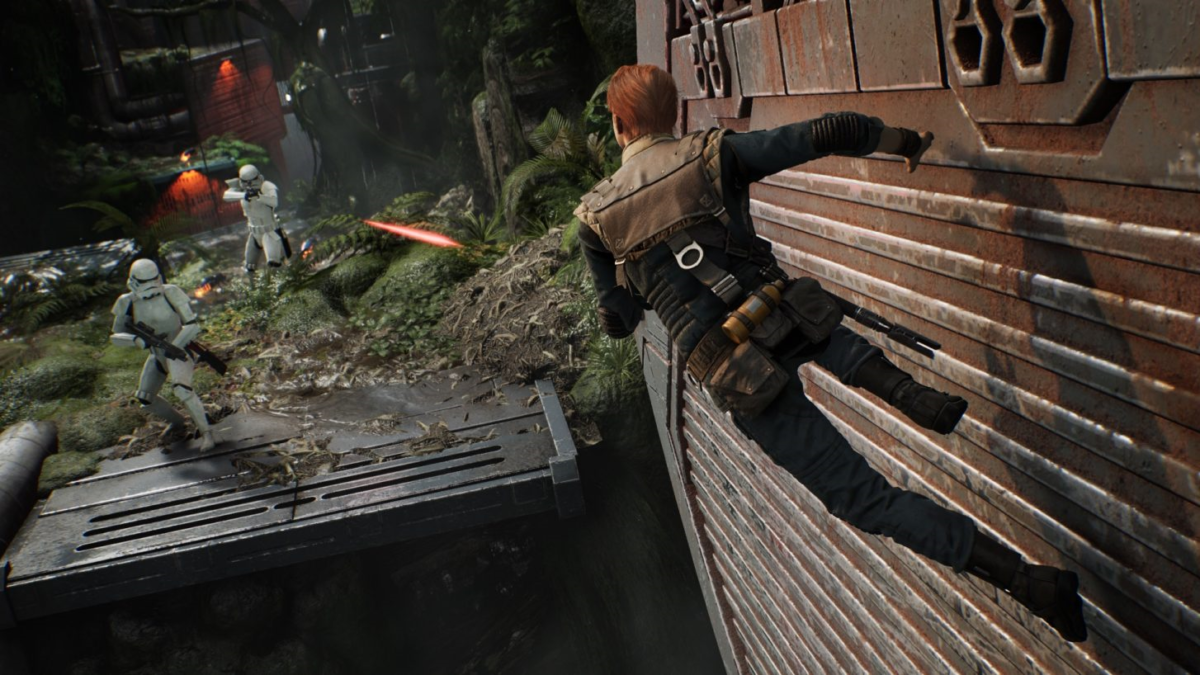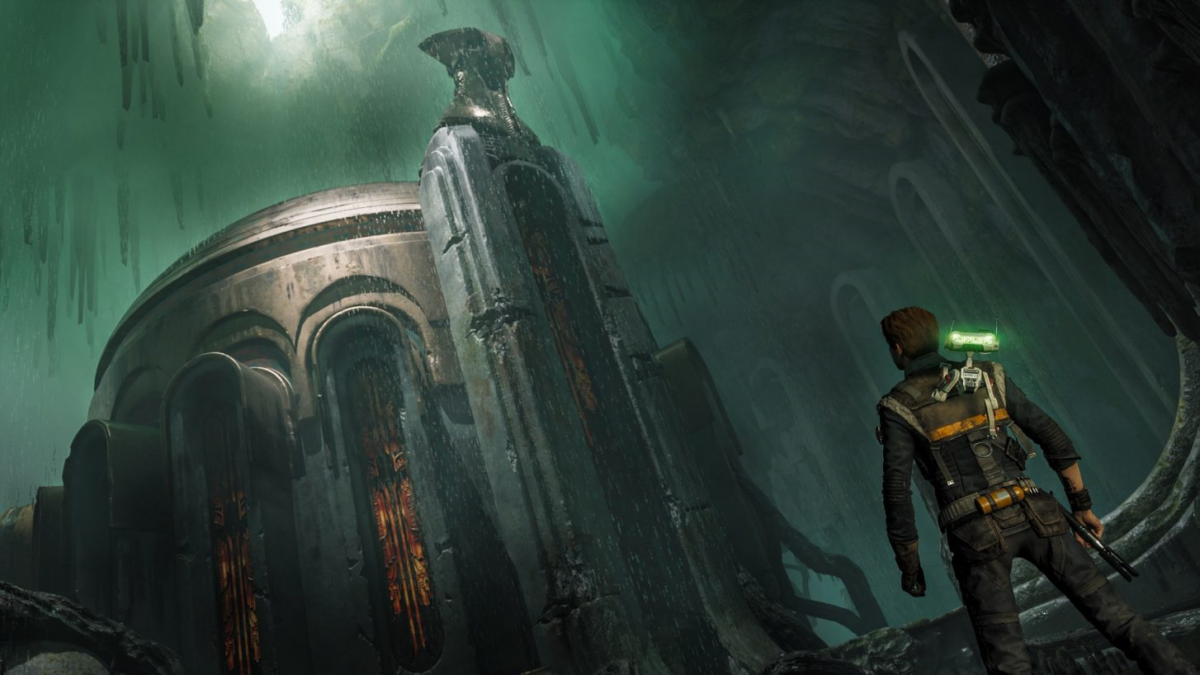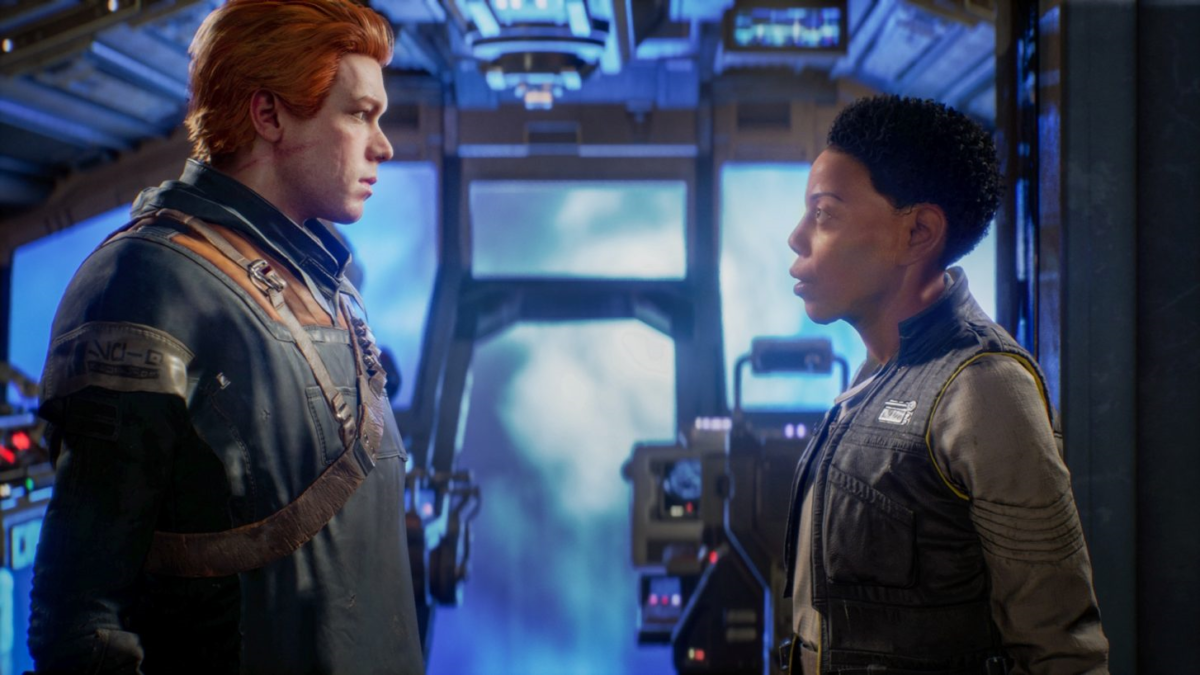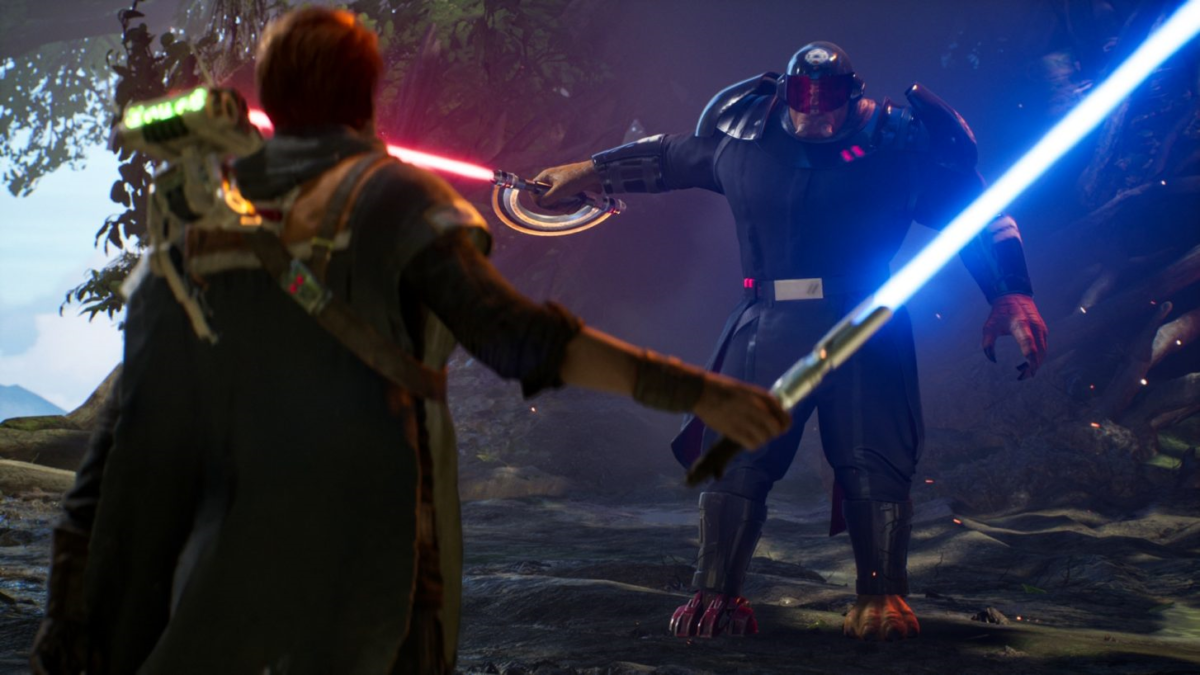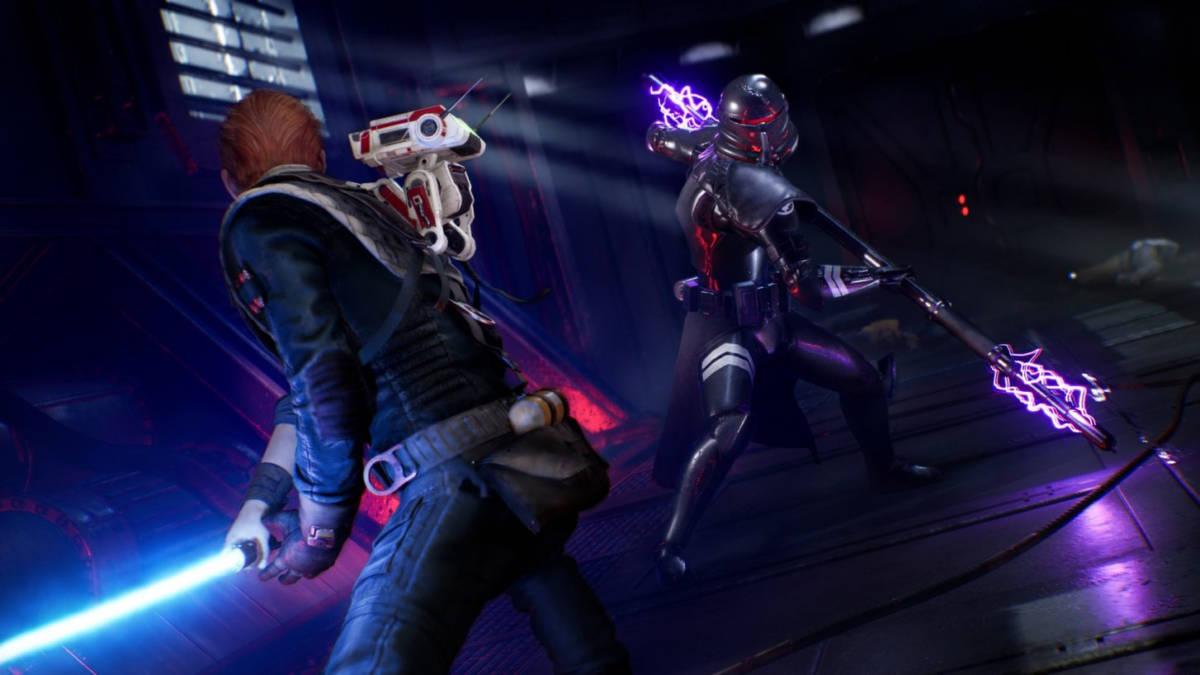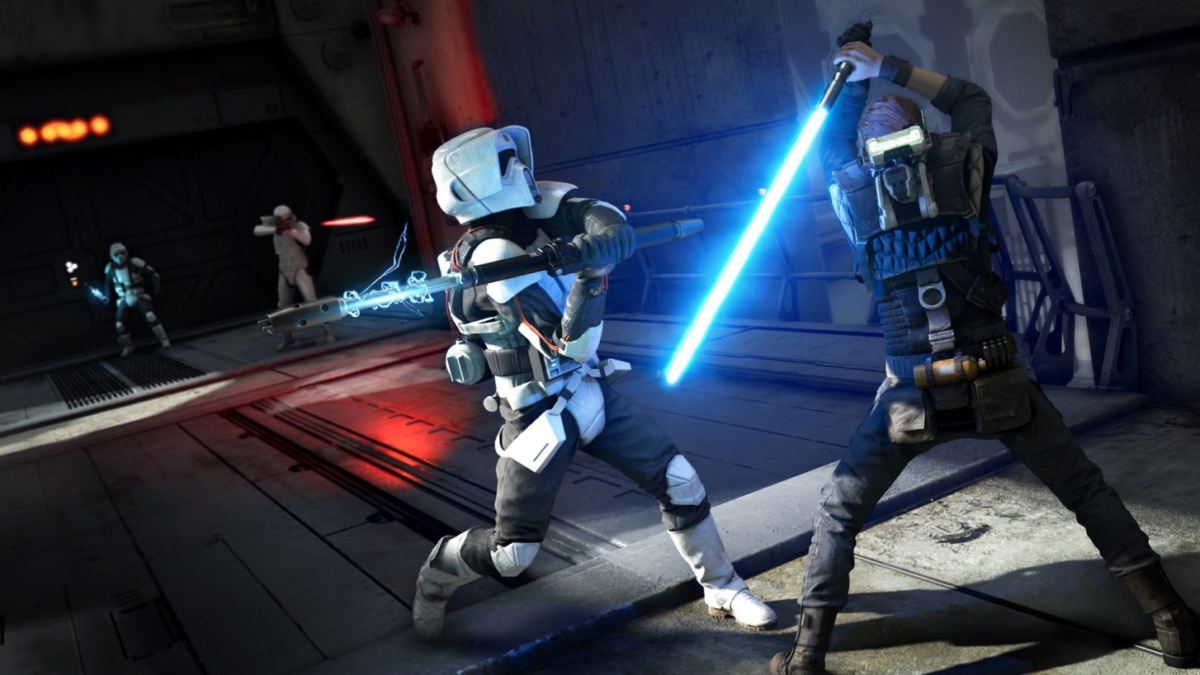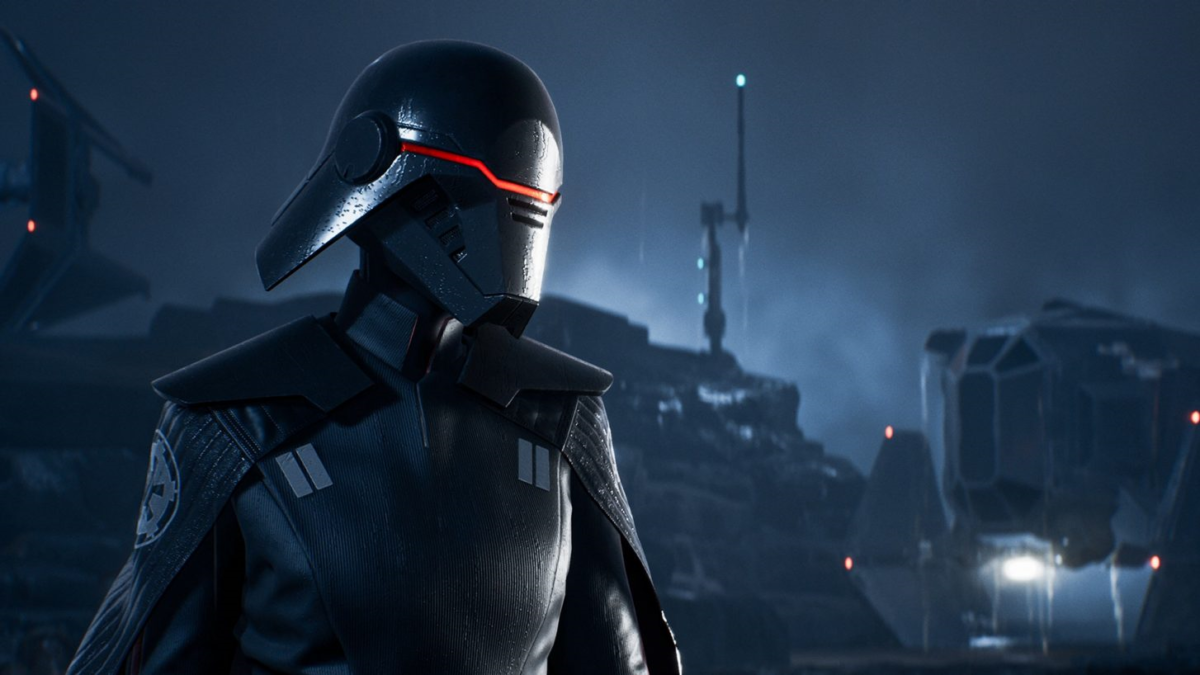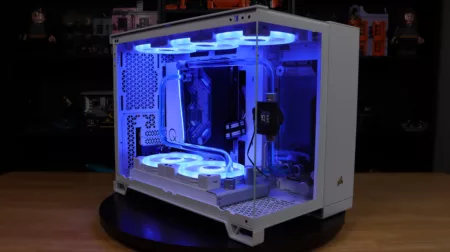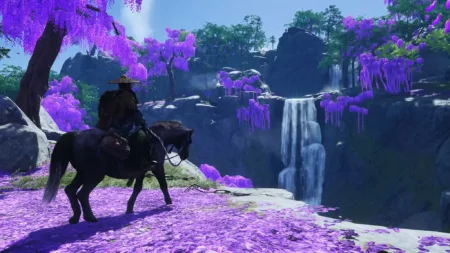Star Wars Jedi: Fallen Order – the new Star Wars game developed by Respawn and published be Electronic Arts – is a curious case for a Star Wars game. Unlike its two predecessors Battlefront (2015) and Battlefront 2, the game wasn’t exactly marketed to high heavens especially for a Star Wars title. While there was the comic book companion as well as some rather well-done action figures, there was little else.
Some say it is because unlike EA’s two Battlefront titles (and indeed, most titles in EA’s game library), Jedi: Fallen Order is a linear action-adventure game with little to no opportunity for microtransactions whatsoever. Hence, EA isn’t crazy about marketing it because they cannot monetize it in the way they are used to. While I am personally not sure about the veracity of that claim, I find it disheartening because at the end of the day, Jedi: Fallen Order looks to be the best Star Wars game in this console generation.
A visual treat…
At first glance, Fallen Order is mostly great with most of the complaints are centered on the horrible Wookie character designs and expressions of some NPCs. While previous EA Star Wars games are visual treats themselves, Fallen Order has you go through levels specifically designed for exploration and platforming instead of being multi-player maps repurposed for a story mission like Battlefront 2. There’s simply more to see and do, plus, the platforming aspect makes you watch out for visual cues that are crucial in navigating the levels. Its like a League of Legends.
Powered by Unreal Engine instead of EA’s Frostbite, the game looks pretty smooth when it’s working fine. The designs of the main and (most) supporting characters are very authentic to Star Wars. Most of it is new material, but care was taken to make sure they all fit in the universe. Because the game is considered canon (unless the Lucasfilm Story Group specifically states otherwise), this is important as nothing would – or should – fall out of place.
However, the game has a lot of bugs in the graphics department, with a lot of pop-ups, some wonky animation, and worse: players falling through floors. I did not experience the last one myself, but other players have uploaded a collection of graphical and gameplay bugs on You Tube. The worst thing I experienced was in the Kashyyyk level when the ledge I’m supposed to grab did not load in time. It happened to me only once, but there’s a lot of minor visual hiccups scattered throughout the game for you not to at least acknowledge that bugs do exist.
The game’s graphical prowess shines in the cut-scenes. Compared to both Battlefront games, I find that while I liked Battlefront when it comes to basic in-game graphics, Fallen Order is superior when it comes to cut-scenes and set-pieces. You will also appreciate the many cosmetic options you will be able to collect throughout the map as they carry-over into the cut-scenes, thereby ensuring full-immersion for you if it matters.
A true Star Wars sound…
The music is as you would expect in a Star Wars title, with the familiar themes and tones floating around depending on what you are doing/discovered during gameplay. While there are copious amounts of standard Star Wars music there’s also tons of new ones as well. However, it should be noted that the score’s impact in the game is mostly tied to the old sounds. The music being played during the Order 66 flash-back was the same one used in Revenge of the Sith while Order 66 was being carried out. Another example was the track “Anakin’s Dark Deeds” being used in Vader’s entrance in the final level. I literally had tears in my eyes as I was playing through both levels, and seeing Star Wars lore unfold before me.
I felt that the music is easy to overlook because of how close it actually is to existing tracks. But that’s the beauty of John Williams’ work: it makes every story feel connected even if they had characters that had nothing to do with existing ones (see The Mandalorian), and the music is the unifying force (pun intended) that binds all of it together.
The sound-effects are your standard action-adventure fare. The best comparison I can get is Uncharted 4 where there are ambient sounds especially in Kashyyyk which is basically a forest planet. When you’re in ancient ruins instead, the sound effects remind me of Tomb Raider (reboot). Lightsabers sounds and blaster-fire seem lifted from Star Wars films so everything is pretty much in place.
Voice-Acting
The voice-acting is also great. I liked Cameron Monaghan as Cal Kestis in particular, and not because he’s the second “Joker” to take on a lead Star Wars role (the other one being Mark “Luke Skywalker” Hamill). Cal is an optimistic Jedi and Monaghan manages to make him believable without ever becoming a boring one-dimensional character. Monaghan is 26 which is way a bit older than Cal would be in the game (which takes place five years after Episode III), but he pulls it off just well. Another notable performance is Daniel Roebuck as Greez Dritus, the pilot of the Mantis. Roebuck provides much-needed comic relief especially during the dark spots in the story.
Debra Wilson is convincing as the guilt-ridden former Jedi Cere Junda, but it is Cere’s former Padawan Trilla Suduri, also known in the game as the Inquisitor Second Sister and played by Elizabeth Grullon whose performance was really impressive. Her malice and evil intent can be felt while she had her helmet on, while unmasked, her pain and anger at Cere is laid bare. Tina Ivlev also stars as the interesting, but woefully underused Nightsister Merrin. Travis Willingham brings out the inner strength of Cal’s former master Jaro Tapal (his death being one of the greatest scenes in my opinion).
Solid Gameplay
Despite the property’s long tradition of action-adventure games, the gameplay of Jedi: Fallen Order took inspiration from other titles instead. The exploration and puzzle solving were clearly inspired by both the Tomb Raider and Uncharted series. The combat was straight out of Dark Souls, and the character progression is now standard in an action-RPG. Not even the Force abilities are depicted in the same way as The Force Unleashed or the older (and critically acclaimed) Jedi Knight series.
The real accomplishment of the development team is that they were able to take all these mechanics from different, unrelated games and combine them all into a cohesive system and given that “Star Wars” treatment. Although I have played platformers in the past, I was never particularly good with them. But just like in Uncharted 4 a long time ago, I found myself wanting to explore, especially with some minor puzzles that require some critical thinking. The levels are the puzzles, and solving them allows you access to new rooms within the area, which can potentially hold chests, memory echoes, or Force essences. Other times, solving these platform puzzles will give you access to other areas to either progress the story, or obtain passage into another room (and platforming puzzle).
But I am sure it is the combat that got everybody onboard and here, Fallen Order does not disappoint. Taking inspiration from the Dark Souls franchise, combat is fun, challenging, and surprisingly deep and tactical. In previous Star Wars games, the lightsaber gives you the feeling of invincibility since the blade can cut through anything and blaster-fire can be deflected back. In Fallen Order, while it makes Cal powerful, he can just be as easily overwhelmed. Being a Jedi isn’t just about mindlessly hacking the enemy: focus is needed. The same is true in the game’s combat. Cal can easily be overwhelmed by troopers if he doesn’t deflect back blaster-fire while dodging baton-wielding troopers. The Purge Troopers – Storm Troopers specifically trained to assist the Inquisitors in suppressing and eliminating Jedi – are formidable enemies that can actually kill even a fully-leveled Cal.
Lightsaber combat in other games is a mixture of button-mashing and dodging mixed with Force powers. Games like The Force Unleashed at least allowed you to pick your targets, but in general, it’s all button-mashing. Fallen Order forces you to be tactial especially in your battles against lightsaber and stun-baton wielding foes. You will need to detect visual cues to allow you to successfully dodge an incoming strike, when to attack, and when to pull-back.
Force powers were toned down and kept grounded compared to other Star Wars titles. It makes Cal powerful, but not unreasonably so. Using the Force to solve puzzles is a joy to do, especially once you unlock the story-locked abilities. Some levels you would need to revisit once you’re stronger. In combat, you will have a “Force Meter” making using the Force a risk vs reward thing as using specific abilities depletes it and you would need to attack to refill. This isn’t hard, but it makes you carefully consider which Force power to use, as well as keeping combat a bit more balanced.
I guess that’s the beauty of Fallen Order: the interweaving of various gameplay systems and mechanics to make a really solid game. None of its mechanics are actually original, but the lack of innovation was more than made up for by the stable foundation of the game. It seems that the ambition of developer Respawn for Fallen Order isn’t to make a groundbreaking, totally innovative Star Wars game, rather, it is to make a Star Wars game worthy of the IP’s standing. This game needed to succeed which is probably why it chose to play it safe. And succeed it did, as it has become one of the best single-player Star Wars game to come in ages.
A Star Wars story…
Star Wars as a video game IP, has always thrived because of its story-telling and single-player experience, something incongruent to EA’s business model of heavily monetizing their games. Their first two Star Wars Battlefront titles reflect their philosophy and they arguably suffered for it. Battlefront II actually had a really good single-player campaign (in my opinion, the best part of the game), but everything else was marred by the egregious micro-transactions. I’m not to deny a company’s right to extract the most amount of money from the player, but it should never compromise the integrity of the game. It took DICE (the developer of Battlefront II) years and numerous patches and updates to fix things and regain some of the good-will they lost from Star Wars fans.
Jedi: Fallen Order is different. Not only did it not feature micro-transactions, it is a single-player experience through and through. I enjoyed the game’s platforming puzzles and lightsaber combat but it is ultimately the story that got me sold. You play as former Jedi Padawan Cal Kestis who has spent his post-Jedi existence in the planet Bracca, a scrap-heap of the Empire, where old Clone Wars hardware are sent to be cut-up and then repurposed to make new Imperial machines. But after using the Force to save a friend, the Empire is alerted to his existence, and two Imperial Inquisitors (former Jedi fallen to the dark side), are sent to capture or eliminate him. Cal escapes and embarks on an adventure to rediscover who he was, heal old but deep wounds, and follow the will of the Force.
Just like Battlefront II, Jedi: Fallen Order‘s story is canon, and much care was made to keep it both authentic and well-grounded in official Star Wars lore. As is the trend among the canon expanded material, the stuff in the films are kept inviolable, while the story is self-standing. There was no need to involve major saga characters besides the few odd mentions here and there. And while Darth Vader did appear at the ending, it wasn’t as intrusive as it would have, and was even aligned with current canon depictions of his activities between the movies.
I find this adherence to the lore very commendable. Unlike the Force Unleashed games which, while fun, featured an overpowered individual with seemingly steroid-enhanced Force powers. In this game, your powers are the same as the Jedi from thr movies, reinforcing the feeling of continuity.
Cal Kestis’ journey to becoming a Jedi Knight is more personal than institutional. It mirrors the story of Luke Skywalker himself who had to improvise with the few things Obi-Wan taught him before dying, and the intense but ultimately short training he had with Yoda before facing his father prematurely in Bespin.
Cal was much more trained than Luke ever was, having actually been a part of the old Order. But his growth in the Force was stunted by the traumatic death of his master before his eyes and blaming himself for it, as well as the violent crumbling of his world.
The story also presented the possibility of other Jedi stories in the galaxy just waiting to be told. As Disney and Lucasfilm are slowly closing the book on the Skywalker saga the films are built on, other wonderful stories are hopefully on the way.
Closing…
In all, Star Wars Jedi: Fallen Order is a worthy addition to the roster of Star Wars games. It has a very grounded story and effective gameplay mechanics that are strong foundations for a much longer franchise. It’s faults are in their relatively lack of polish (as evidenced by the numerous bugs), and a story that could have been longer than it did.
Despite that, Fallen Order’s biggest contribution to the video game industry, is perhaps proving to its own publisher that yes, single-player story-driven games are still much, much loved today.



